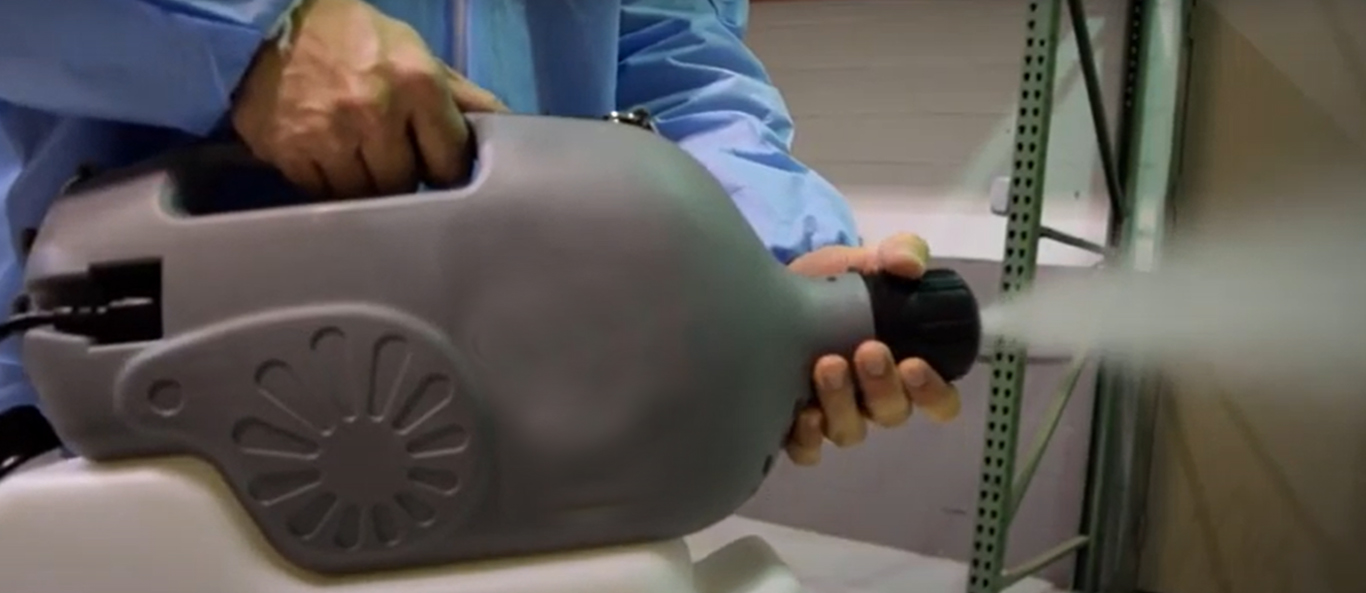Venues and businesses are now in an environment that possesses many challenges, and most companies are in uncharted waters that they must learn to navigate if they are to survive. In times like this, it is not enough to merely react. There are proactive measures you can start doing today to help protect your building, venue, staff, and customers. We are all in this together.
Preventive action reduces the severity of business interruption by lowering the chance of these illnesses spreading among occupants while in the building or venue. Preventive disinfecting is a great way to remove contaminants from buildings/venues and helps to ease the minds of employees and customers.
Learn More About How We Can Disinfect Your FacilityOur quality labor force is well trained and capable of handling various parts of every building. Whether your venue is 5,000 square feet or 500,000 square feet, we are capable of disinfecting your facility!









Proven to kill a wide range of viruses and bacteria Vital Oxide won’t contribute to the formation of mutating “super bugs”, and does not contain volatile organic compounds (VOCs).

99.999% Sanitization on food contact surfaces. Vital Oxide is odorless and won’t alter the taste of food on sanitized surfaces. Vital Oxide kills 99.999% of bacteria, including e Coli, Salmonella and Listeria in less than 60 seconds.

Kills and prevent spores with up to 7 months residual effects. Safe on a wide range of surfaces from marble to carpeting and beyond.

Proven effective on pet dander as well as dust mite and cockroach allergens. Can be used directly on pet bedding & sleeping areas.

End malodors caused by smoke, trash, septic systems, stale cooking & more. Vital Oxide contains no masking agents or fragrances and is highly effective at neutralizing urine and fecal odors

Vital Oxide can be used as a sanitizer on a wide range of soft surfaces. Vital Oxide kills odors and odor causing bacteria on soft surfaces by eliminating the source. Great for upholstery, curtains and auto interiors.

